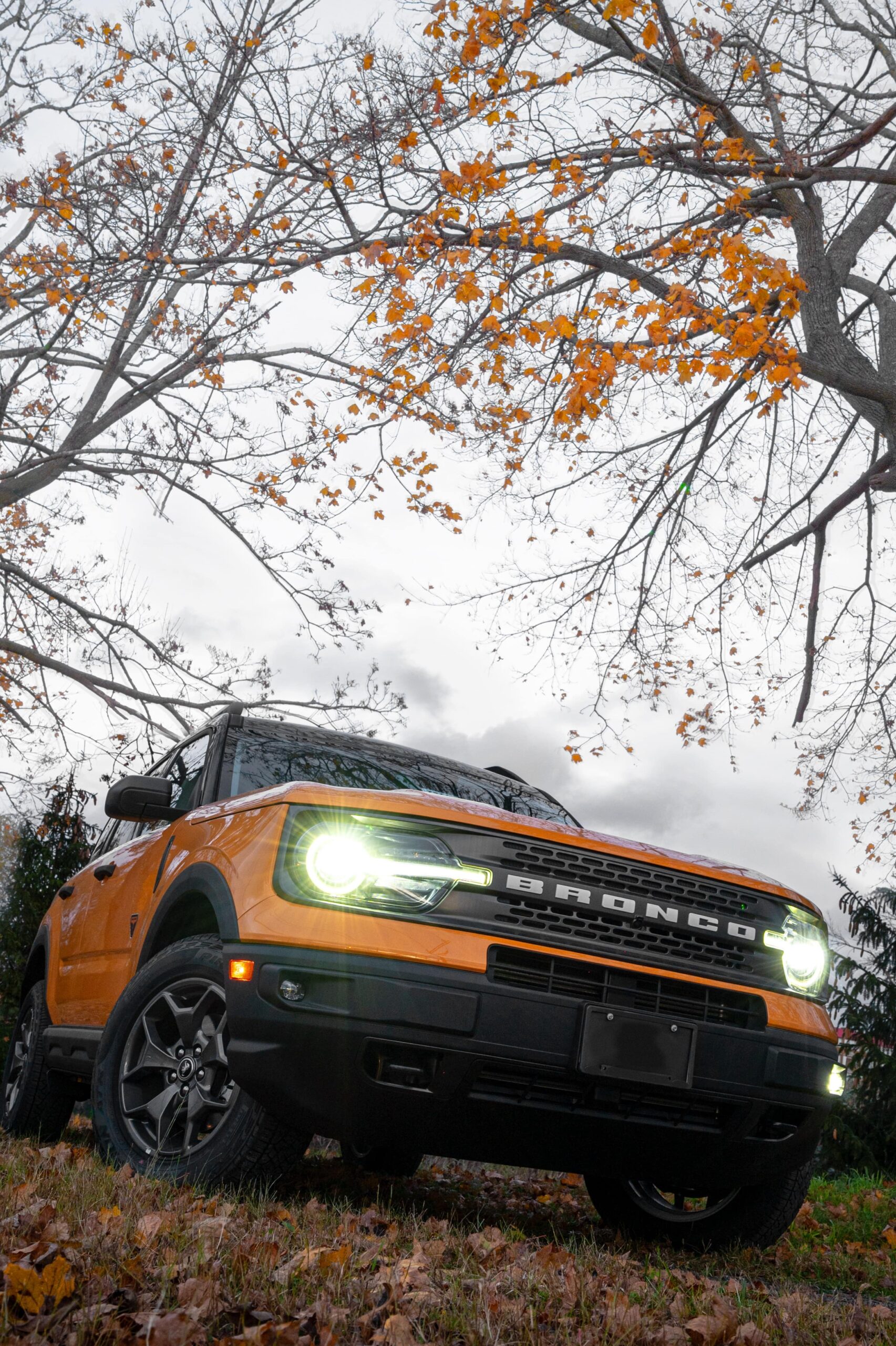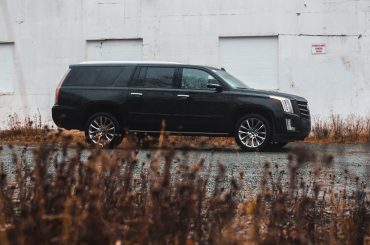In the ever-evolving world of automotive design, certain styles emerge that leave an indelible mark on the industry and our collective memory. One such iconic design trend is the era of “boxy cars.” Characterized by their angular lines, squared-off shapes, and no-nonsense aesthetic, these vehicles represented a significant departure from the design norms of their time. Boxy cars, popularized during the vibrant decades of the 1970s and 1980s, hold a unique place in automotive history, stirring feelings of nostalgia and admiration that continue to resonate with car enthusiasts to this day.
Contents
The Era of Boxy Cars: A Design Revolution
The 1970s and 1980s marked a pivotal period in the evolution of automotive design. The automobile industry was transforming, influenced by changing social, economic, and technological landscapes. Against this backdrop, boxy cars emerged as a defining element of this era’s design philosophy.
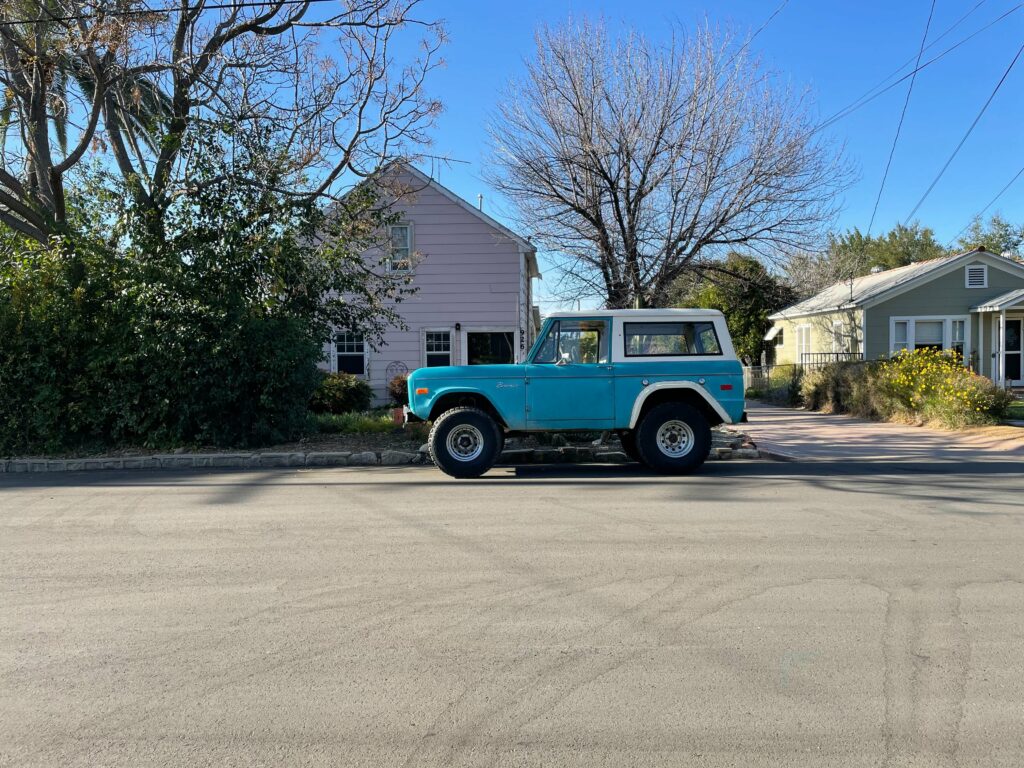
In the wake of the striking and curvaceous designs of the preceding decades, the 1970s and 1980s introduced a fresh perspective. Boxy cars resolutely departed from the flowing lines and rounded contours that had long dominated the scene. This departure was more than just a shift in aesthetics; it reflected manufacturers’ and consumers’ changing priorities and aspirations.
At the heart of this design revolution was a renewed emphasis on practicality, functionality, and space utilization. Boxy cars embodied a utilitarian ethos, prioritizing interior roominess and ease of use. The squared-off shapes allowed for efficient use of space, making them versatile vehicles for various purposes—family transportation, off-road adventures, or urban commuting.
Characteristics of Boxy Car Design
The boxy cars of the 1970s and 1980s were characterized by a distinctive set of design features that set them apart from their sleeker predecessors. Angular lines, squared-off shapes, and sharp corners formed the core of this design philosophy.
The angular lines were a departure from the sweeping curves that had dominated the automotive landscape. Instead of gentle arcs, boxy cars embraced straight lines that intersected at precise angles, creating a visual language of strength and solidity. These geometric lines caught the eye and conveyed a sense of purposefulness.
The squared-off shapes were a reflection of the practicality that underpinned the boxy car era. These vehicles maximized interior space by minimizing curves that could potentially waste precious inches. The result focused on functionality—a hallmark of boxy car design. Whether the cabin’s spaciousness or the ease of loading cargo, the squared-off shapes were a testament to the cars’ practical nature.
The sharp corners, a significant departure from the smoother contours of earlier designs, imparted a bold and assertive presence. These corners weren’t just aesthetic choices; they often served functional purposes. For instance, the straight edges could make parking and maneuvering easier in urban settings.
Beyond their features, boxy cars carried a unique identity that resonated with enthusiasts. Manufacturers used the boxy canvas to communicate specific qualities about each model. Whether it was the rugged reliability of an off-road SUV or the dependable family car, each boxy car had a story to tell through its design. This individuality was not confined to the exterior; it permeated every aspect of the vehicle’s personality, from the dashboard layout to the overall driving experience.
Icons of the Boxy Era
The 1970s and 1980s brought forth a lineup of boxy car models that have since become enduring symbols of the era’s design ethos. Each model, with its unique characteristics and manufacturer’s touch, contributed to the legacy of boxy cars in its distinctive way.
Volvo 240: Hailing from Sweden, the Volvo 240 emerged as an icon of reliability and safety. Its boxy silhouette was a deliberate choice, maximizing interior space and emphasizing its no-nonsense approach to design. The Volvo 240’s square lines and sturdiness resonated with consumers, making it a beloved choice for families seeking a vehicle that prioritized practicality without compromising safety.
Ford Bronco: With its robust and boxy design, the Ford Bronco exemplified the fusion of form and function. This off-road legend was built to tackle rugged terrains while presenting an adventurous and timeless appearance. As an early SUV, the Bronco set the stage for the popularity of off-road-oriented vehicles, and its boxy shape played a crucial role in defining its rugged identity.
Mercedes-Benz G-Class (G-Wagen): Originally designed as a military vehicle, the Mercedes-Benz G-Class, or G-Wagen, eventually transformed into a luxury SUV without shedding its boxy roots. Its practical design contributed to its unparalleled off-road capabilities, while its iconic squared-off shape became synonymous with luxury and prestige.
Toyota Land Cruiser: The Toyota Land Cruiser’s boxy lines showcased its unyielding strength and off-road prowess. As a rugged workhorse capable of conquering diverse terrains, the Land Cruiser’s design underscored its durability and practicality, making it a go-to choice for those seeking adventure without sacrificing comfort.
Legacy and Influence
The era of boxy cars may have faded from the forefront of automotive design. Still, its impact continues reverberating throughout the industry, leaving an indelible mark on both past and present.
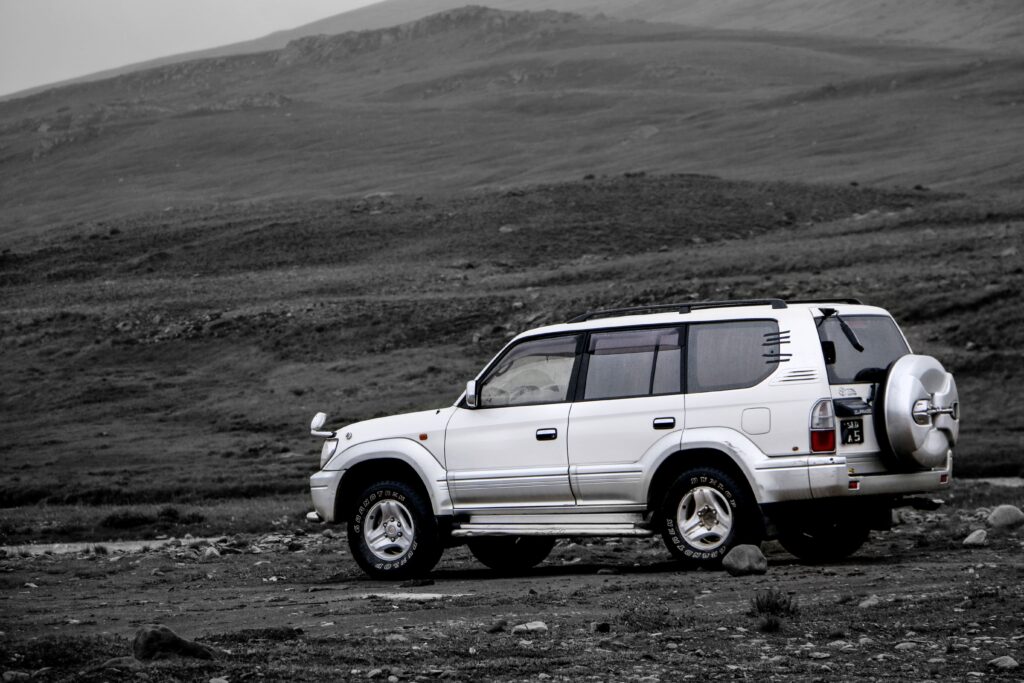
Paving the Way for Future Design Trends: The boxy era was a pivot point in automotive design, challenging conventional norms and reevaluating what constitutes a visually appealing and functional vehicle. Its emphasis on practicality, space utilization, and distinctive identity laid the groundwork for subsequent design trends prioritizing efficiency and individuality.
Drawing Inspiration from Boxy Aesthetics: Contemporary automotive designers often find themselves drawing inspiration from boxy cars’ bold and angular aesthetics. While modern design trends may lean towards sleek and aerodynamic profiles, elements of boxy design, such as defined edges and strong lines, continue to find their way into today’s vehicles. This fusion of old-school charm with modern sensibilities pays homage to the boxy era’s enduring influence.
Preserving Automotive History Through Restoration: The lasting legacy of boxy cars can also be seen in the growing popularity of restoring classic models. Enthusiasts and collectors recognize boxy cars’ historical significance and aesthetic appeal, spurring a revival of interest in restoring and maintaining these icons of a bygone era. The meticulous restoration of boxy classics breathes new life into these vehicles and serves as a testament to their enduring cultural value.
As we move forward, the nostalgia and admiration that boxy cars evoke continue to inspire designers, collectors, and car enthusiasts alike.
Boxy Cars in Modern Context
While the boxy car era may have been a product of its time, its influence is far from confined to the past. The enduring charm of boxy designs has found its way into the modern automotive landscape, albeit with a contemporary twist.
Modern Interpretations of Boxy Elements: In today’s world, we often encounter modern vehicles that pay homage to the boxy era through subtle design cues. While the overall profile of many cars may lean towards sleekness, elements like angular headlights, defined character lines, and squared-off edges evoke a nostalgic nod to the boxy design philosophy.
Balancing Tradition and Innovation: Modern cars cleverly incorporate boxy characteristics while adhering to current design standards. Advanced engineering and aerodynamics allow for a harmonious fusion of form and function. Incorporating boxy elements doesn’t compromise the performance, efficiency, or safety that today’s consumers demand.
Legacy’s Ongoing Impact: The legacy of boxy cars continues to reverberate throughout the automotive industry, reminding us that design reflects its time. As manufacturers explore new design directions, the boxy era’s emphasis on practicality, individuality, and unique identity remains an essential touchstone. The ability to evoke nostalgia and a sense of authenticity has led to a renewed appreciation for classic boxy designs.
Nostalgia and Collector’s Appeal
Beyond their functional and aesthetic significance, boxy cars have transcended their status as mere vehicles, giving rise to a sense of nostalgia and collector’s fervor that bridges the past and the present.
Emotional Connection and Nostalgia: Boxy cars hold a unique place in the hearts of enthusiasts who experienced these vehicles during their prime. The angular lines and squared shapes evoke memories of a bygone era when cars were more than transportation—they were symbols of a lifestyle and a cultural zeitgeist. Seeing a boxy classic on the road often triggers emotions, transporting enthusiasts back to a simpler time.
Growing Collector’s Market: The resurgence of interest in boxy cars has led to a burgeoning market. Enthusiasts and collectors are actively seeking well-maintained boxy classics to restore and preserve. These vehicles are seen as commodities, tangible connections to history, and a testament to the innovative spirit of the past. The rarity of certain models and the craftsmanship that went into their design and production only adds to their appeal.
Bridging Generations: Boxic cars serve as a bridge between generations of car enthusiasts. Older enthusiasts who remember the boxy era firsthand share their passion with younger generations, passing down not only stories but also a love for timeless design. Younger enthusiasts, in turn, find themselves drawn to the unique charm of boxy cars, discovering a connection to an era they might not have experienced firsthand.
Conclusion
In the tapestry of automotive history, the era of boxy cars stands as an emblem of design innovation. With their angular profiles and squared edges, these vehicles have etched themselves into our memory, transcending time and trends.
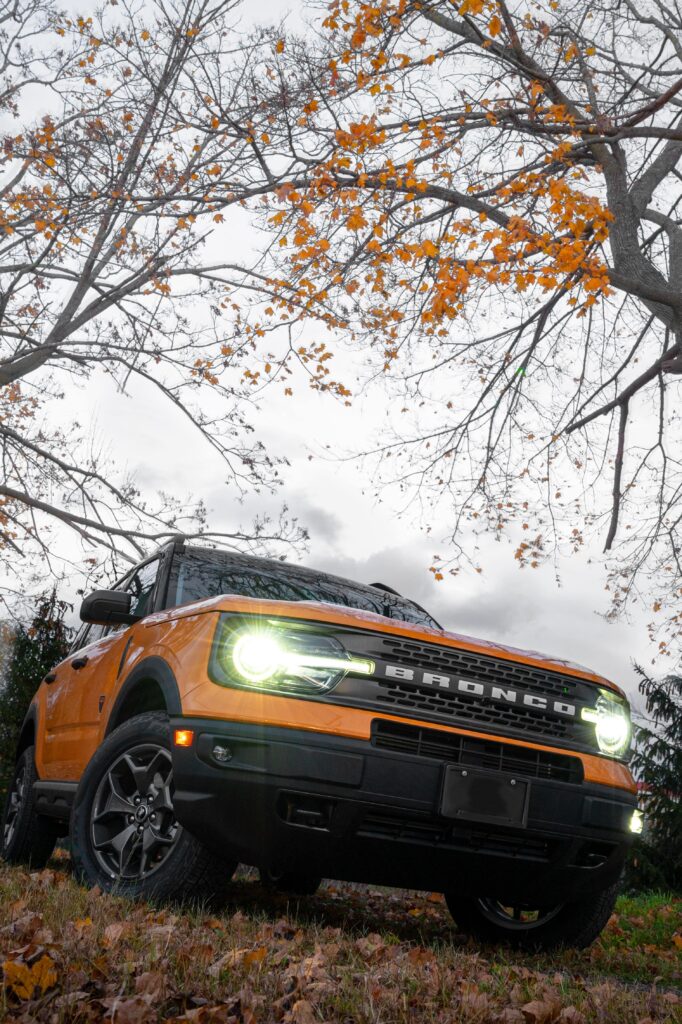
Boxy cars encapsulate an era of practicality, individuality, and a departure from convention. Their design went beyond aesthetics, reflecting the values and spirit of the 1970s and 1980s.
While design trends evolve, boxy cars remain a wellspring of inspiration. They echo in contemporary designs, and a resurgence of interest in preserving these classics underscores their lasting cultural impact.
Read More: Click Here
Elevate Your Ride with a 2023 Ford Maverick Lowered Transformation
Unveiling the Truth: Italian tune-up: Does it really work? (2023)


